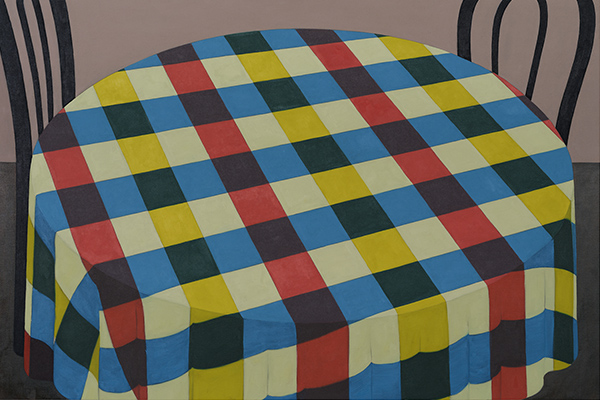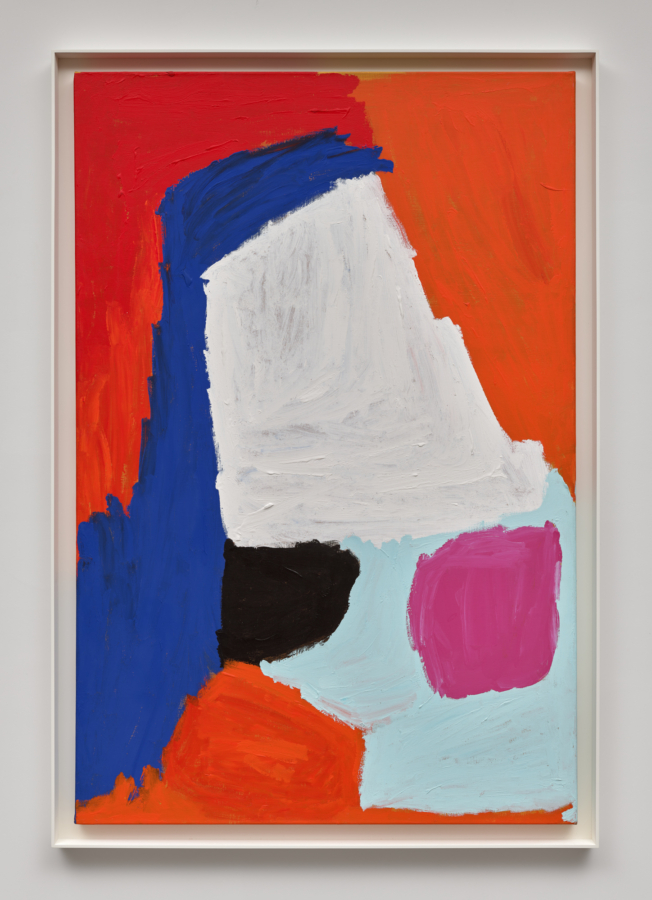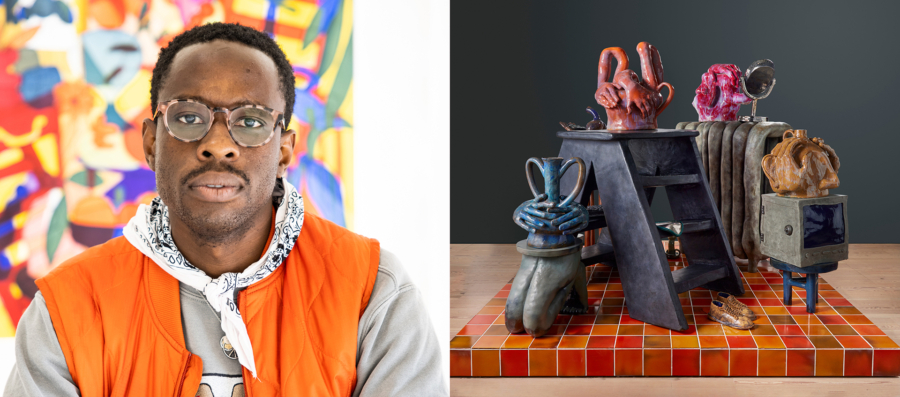March 2009
Download as PDF
View on Artforum
Today there are more 16-mm projectors in New York’s galleries than in its movie theaters, and it’s common to blame this profusion of celluloid on a nostalgia-fueled vogue for obsolete technologies. Two 16-mm pieces at the core of Mungo Thomson’s solo exhibition suggest a more compelling possibility: that only now, at analog’s twilight, can we appreciate its heretofore unnoticed quirks. In the digital era, transposition—the twisting of one medium into another— comes easily; the zeros and ones move fluidly from one format to the next. Thomson’s films demonstrate that transposition among analog technologies, by contrast, is an intuitive operation, depending on slant rhymes and producing unlikely resonances. In The Varieties of Experience, 2008, Thomson takes Nam June Paik’s 1962-64 Zen for Film—a blank white reel with only some accumulated dust to differentiate the frames— and turns it into a negative. Thus reversed, the errant dust specks become flickering stars in a night sky, and Paik’s original now harks back to August Strindberg’s 1890s celestographs (photographic plates where Strindberg mistook a chemical processing error for the revelation of distant cosmos). In Untitled (Margo Leavin Gallery, 1970-)

Mungo Thomson, Untitled (Margo Leavin Gallery, 1970-), 2009, Super 16 film, 5 minutes 11 seconds, installation view.



